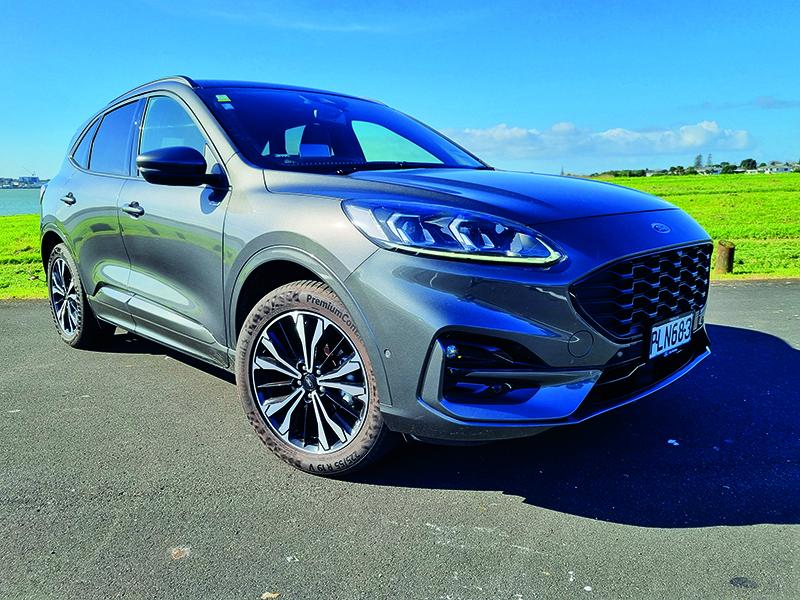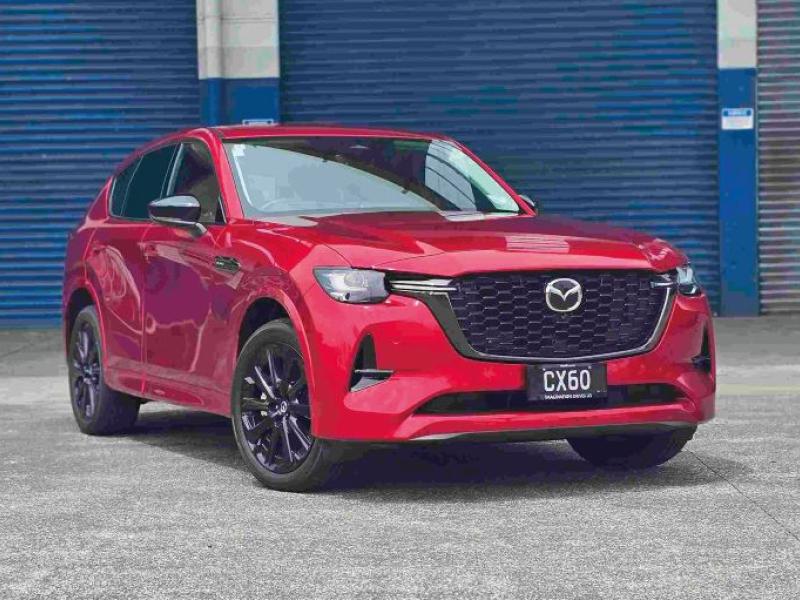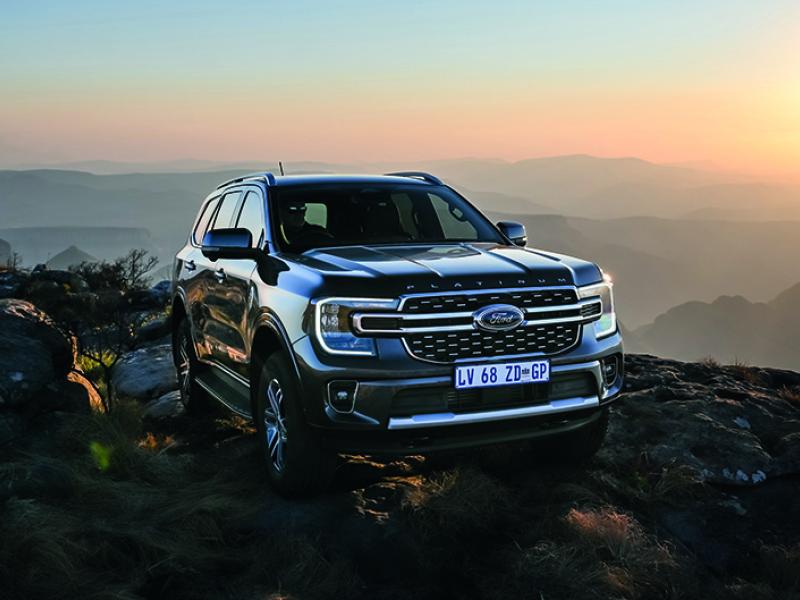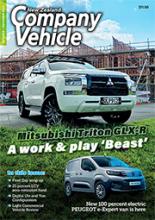Oh, how the world has changed. It’s been 23 years since Ford first introduced the first generation mid-sized SUV – the Ford Escape.
Back then, Ford was still joined at the hip – or at least, at the corporate wallet – to Mazda with the two companies engaging in platform sharing for vehicles which were ‘co-produced,’ though Ford did have the controlling interest and so took the Lion’s share of the credit for new vehicles.
Mazda was content to be the dance partner and let Ford lead, right up until the early boomtime of the SUVs when every car maker and their cat jumped aboard the bandwagon.
At this point, we saw the first significant hint of the Ford/Mazda divorce, Mazda producing its Tribute SUV and Ford, the first of the Escapes.
How different were they? The platforms were similar but different and the only panel work common to both were the roof and floor pressings.
Both vehicles looked radically different from each other, the Ford taking on a ‘hewn from a metal cube’ approach, the blocky design appealing – according to Ford’s head designer du jour Laurens van den Acker – to the North American market especially.
Somewhat ironically, and shortly after delivering Ford’s mid-sized SUV Van den Acker literally made his own escape, leaving his chief designer of strategic design of Ford position to take up the global head of design for Mazda and was last heard of at Renault. The guy gets around…
But back to the Escape. Back in 2000, Mazda was supplying the four-cylinder engines, with Ford delivering the Duratec 3.0 litre V6s which North America (where both Escape and Tribute were assembled while Mazda produced the vehicles out of Japan for other markets) preferred.
The Escape was always intended to compete with the more car-like SUVs of the time and as such, was designed with a unibody construction, fully independent suspension and rack and pinion steering.
As a point of difference from other SUVs of similar design, the Escape had a ‘proper’ full-time, AWD system from Dana with a locking centre differential, a critical component of which was the rotary blade coupling or RBC.
The RBC had the ability to switch the 100 percent engine torque from the front wheels (default for the Escape) to the rear when slippage was detected. This happened within split seconds thanks to an integrated bypass clutch. Alternatively, the system could be manually engaged to give a 50/50 torque split if required.
In other parts of the world, notably Europe and China, the Escape went by the name Maverick and then was rebranded by Ford’s offshoot division Mercury to the Mercury Mariner (this was kept in North America).
New Zealand didn’t get to see the Escape until its third generation – and while still somewhat chunky in appearance, was a nice bridge between the larger Explorer and the Antipodean Territory.
Our Escapes – ZC in Ford-speak and produced between 2006 to 2012 with a couple of facelifts in between – were designed and built in the FORD Lio HO plant in Taiwan.
With this model came the option of the 3l V6 with reduced fuel consumption from the previous generation and an improved 2.3l four-cylinder. Transmission choice was a four-speed automatic.
Mid-life, we lost the three-litre engine which saw the start of the end for oceanic Escapes, at least as far as our market was concerned. By 2011, we adopted the European designed and built Ford Kuga with its smaller engines, six speed transmissions and more streamlined appearance.
Despite three generations, Kuga was not especially well received here, and Ford relaunched the Escape as a fourth-generation model sourced out of Valencia in Spain.
Well and truly removed from the ‘hewn from the metal cube’ of its ancestor, the Ford Escape we have here today, features a much more organic design.
The five-model line-up represents Ford’s first foray into the electrified passenger vehicle market and the Escape is well in keeping with the design cues of today.
Despite being nominally considered a mid-sized SUV, the Escape is well-dimensioned for the New Zealand market, allowing for ease of parking and negotiation of metropolitan cities and giving the right freedom of space and roominess for those get away from it all, erm, escapes.
With no disrespect to its predecessors – Escapes have been produced in keeping with the prevailing trends after all – this generation is perhaps the most sophisticated in terms of its design for today and tomorrow.
Many mass-produced vehicles of today are built strictly for the ‘now’ and date remarkably quickly.
We at NZ Company Vehicle feel the Escape’s current iteration will carry the nameplate for a long time yet and, with the recently introduced plug-in hybrid powertrain at its core, the entire Escape package looks set to be another one of the Blue Oval’s blue-ribbon vehicles.






